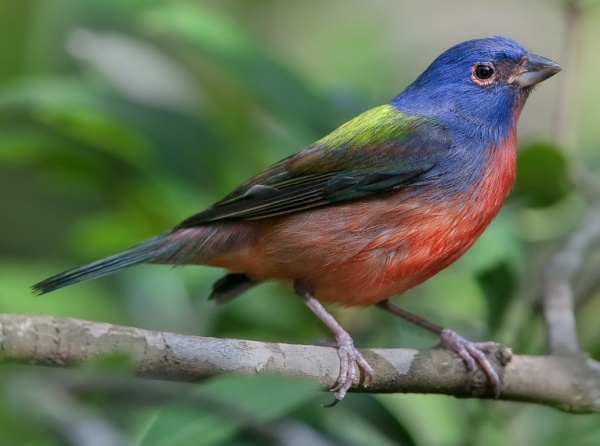Facts About Painted bunting
The Painted Bunting is a breathtaking bird belonging to the cardinal family, Cardinalidae, native to North America. One of its most remarkable features is the male’s vibrant plumage, which it develops in its second year, distinctly setting it apart from the more subtly colored female. There are two subspecies of the Painted Bunting: Passerina ciris ciris and Passerina ciris pallidior, both initially described by Carl Linnaeus. The males’ vivid colors often earn them the title of the most beautiful birds in North America, while females and juveniles exhibit green and yellow-green feathers that enable them to blend into their surroundings.
These birds typically inhabit thickets, woodland edges, and areas dense with shrubs and brush. They have distinct breeding and wintering ranges, with their winter habitats usually being tropical forests or lush savannas. Painted Buntings are rather elusive and prefer solitude. They exhibit territorial behaviors and migrate over short to medium distances. Their diet primarily consists of grass seeds and small invertebrates, and they breed from late April to early August.
In terms of reproduction, Painted Buntings are primarily monogamous, with females assuming the primary responsibility for caring for the chicks. They build their nests in dense vegetation, typically laying clutches of three or four eggs. Unfortunately, these stunning birds are experiencing population declines due to habitat loss, especially in coastal regions. It is illegal to capture or keep them, as they are protected under the U.S. Migratory Bird Treaty Act.

 Guatemala
Guatemala